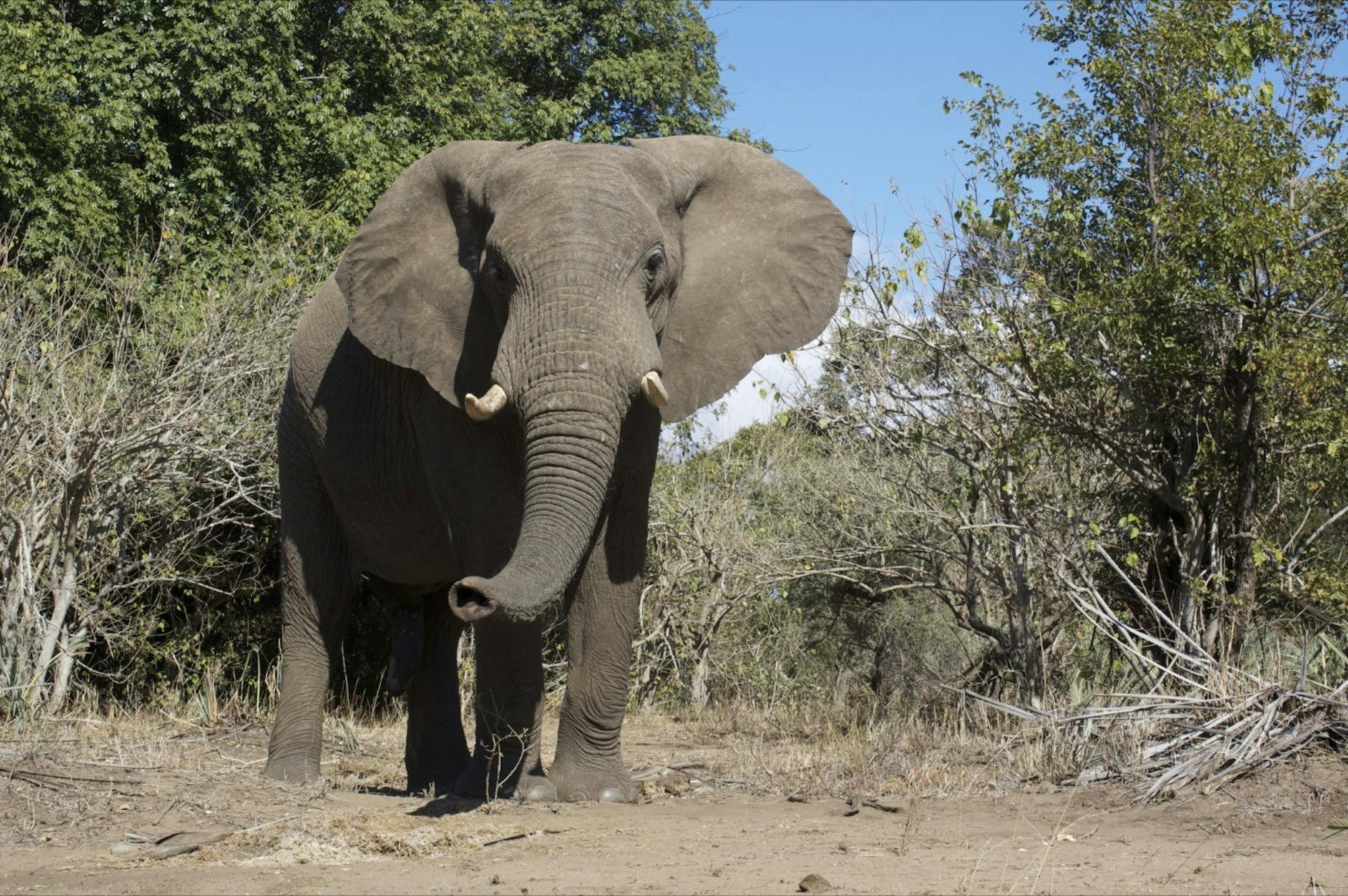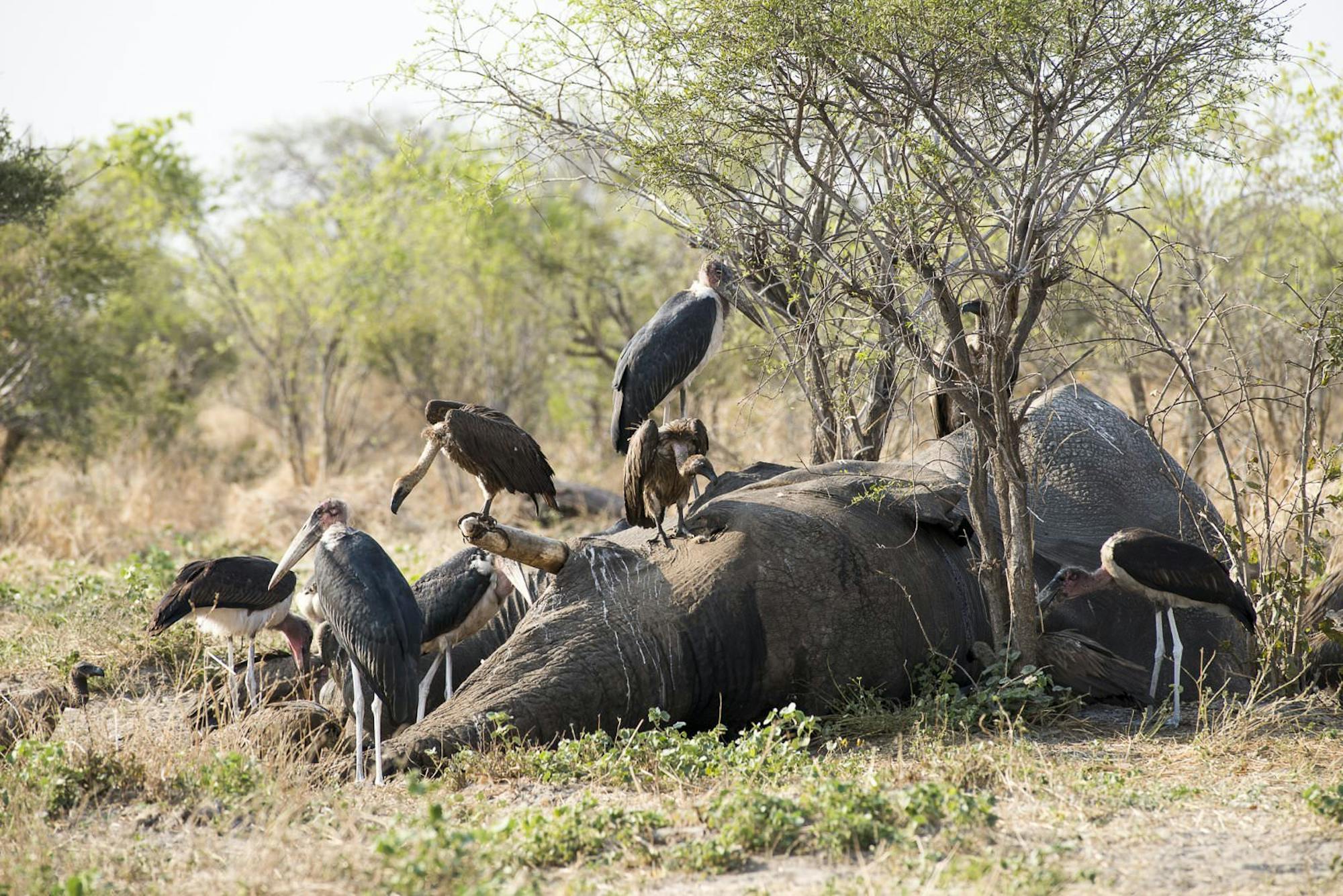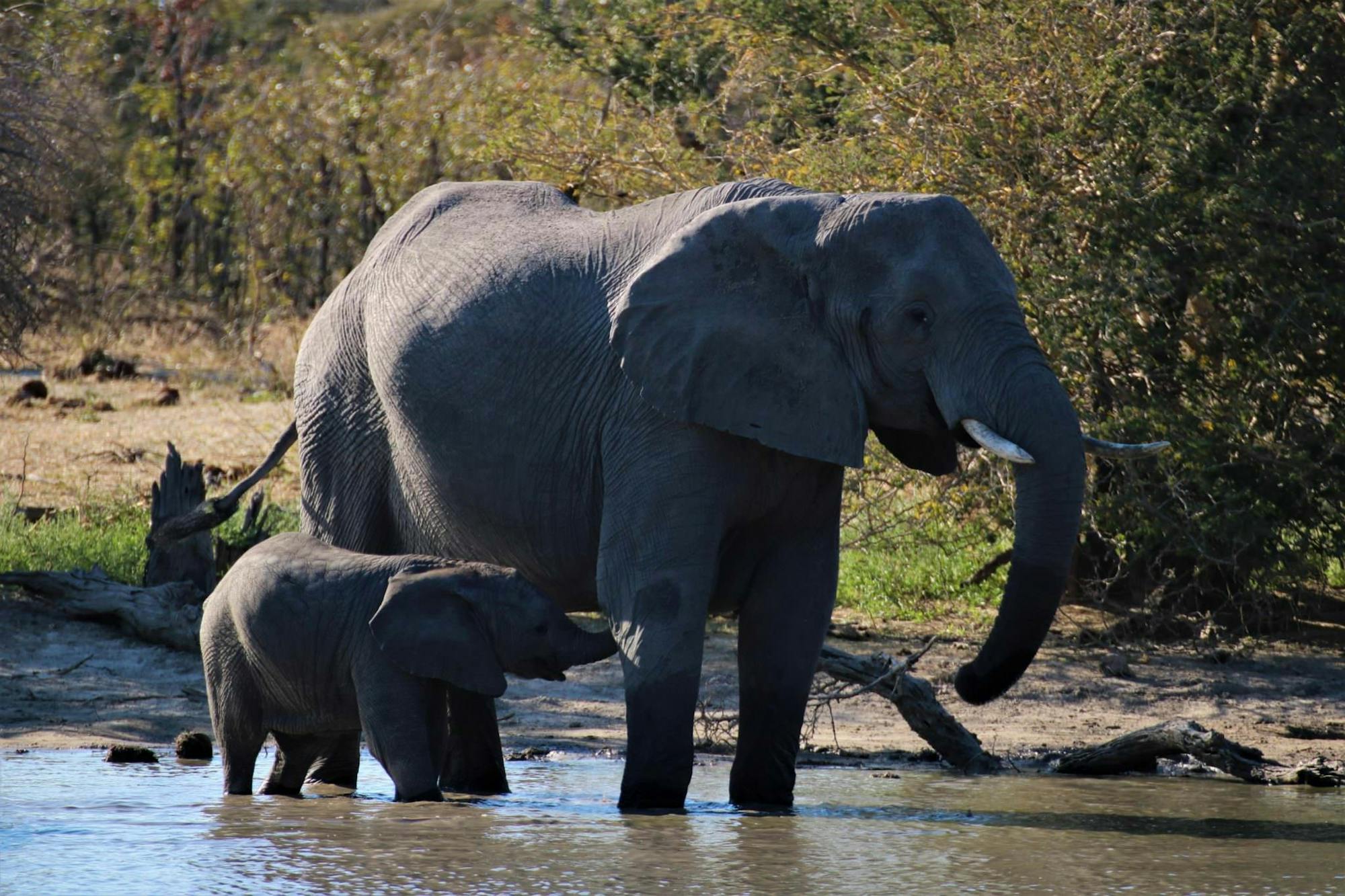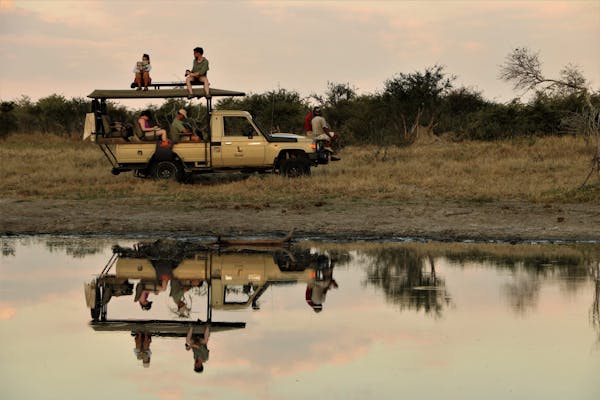
Elephant conservation in Botswana
Botswana has recently featured prominently in the international media because of a reported increase in elephant carcasses sighted during the latest aerial wildlife survey. Here’s a breakdown of the situation and information on how you can get involved in protecting and conserving Botswana’s incredible wildlife.

In the news
Wildlife poaching in Botswana has been in the spotlight recently. In August, a team of researchers (Elephants Without Borders) carrying out an aerial wildlife survey on behalf of the Department of Wildlife and National Parks sounded the alarm when they found greater numbers of elephant carcasses (55) than during previous surveys.
An article published by the BBC intensified international outrage after the same research organisation reported further carcass sightings (including five rhinos). This article – and many more of the flood that followed – not only blamed wildlife poachers but were critical of changes made to the capability of Botswana’s anti-poaching units.
The release of these findings and the outrage in the international media (and the associated debates around elephant poaching) all take place against the backdrop of another larger issue – Botswana’s trophy hunting ban. This ban, which ended all trophy hunting on government land, was introduced by the government of Ian Khama in 2013 and has been celebrated worldwide since. The prospect of the ban being lifted – even partially – has been viewed with some concern by certain environmentalists and conservationists.

Poaching on the rise
The number of dead elephants and rhinos reported has tended to be seen as evidence of increased poaching activity in a country often viewed as Africa’s last great elephant sanctuary – particularly since the hunting ban of 2013/14. The removal of tusks from some of the carcasses has been seen as evidence of poaching for ivory, despite objections raised by the government. Officials argued that these carcasses were the result of a combination of natural causes and human-wildlife conflict, and not only of poaching as the initial BBC article stated. They argued that the removal of tusks was not necessarily evidence of poaching given that BDF (Botswana Defense Force) members routinely remove tusks when carcasses are reported.
The credibility of the Elephants without Borders report has been questioned by some researchers for several reasons, but regardless of the debate around how or why elephants died, one thing is clear: poaching is on the rise and is a serious threat to the conservation of wildlife and in particular elephants and rhino in Botswana. What is also certain is that human-wildlife conflict is increasing, which is not surprising given that Botswana is home to around 135,000 of Africa’s roughly 415,000 elephants.
Elephants are now being encountered in areas that they have not been seen in for generations. This means that negative interactions between elephants and humans (like crop raiding) are on the increase. For the ordinary people of Botswana, many of whom are subsistence farmers, this means that the number of elephants in the country is of concern. For this reason, there is growing enthusiasm for a return to trophy hunting, if only as a means of dealing with problem animals.

African Conservation Experience project in ex-hunting areas
The Okavango Wilderness Project is based in the incredible Okavango Delta, a UNESCO World Heritage Site. The focus of the project is wildlife monitoring carried out over a huge area that includes old trophy hunting grounds. Our conservation travellers are involved in everyday conservation efforts by the monitoring and recording of a wide range of wildlife species, and also in the sustainable and low-impact use of these areas.
This is valuable for several reasons, including the fact that we maintain a widespread presence on the ground. This means that if an elephant carcass is discovered by our monitoring teams, it is reported to Department of Wildlife and National Parks officials, making it much harder for illegal wildlife poachers to go undetected.

You, the conservation traveller, will spend hours moving across an area covering hundreds of thousands of acres. You will conduct spoor surveys which focus on large predator species including lions, leopards, and the endangered wild dog. You will also carry out visual counts and observations of all mammal species including giraffe, buffalo, zebra, and hippo.
This information is collected and digitally recorded on an app specially designed to collect wildlife data across Southern Africa according to the SAREP (Southern African Regional Environmental Program) protocol. In so doing, you are granted a unique insight into one of the planet’s truly special places and benefit from first-hand experience of conservation challenges in Botswana’s vast wilderness areas.
These areas and their sustainable use are becoming increasingly important as the debate around a possible return to hunting unfolds, so this aspect of our project’s impact is of great importance. Conservation travellers also spend time with and learn from real conservation experts, local guides and San (Basarwa) trackers, whose knowledge of these areas and ecosystems is unsurpassed.

